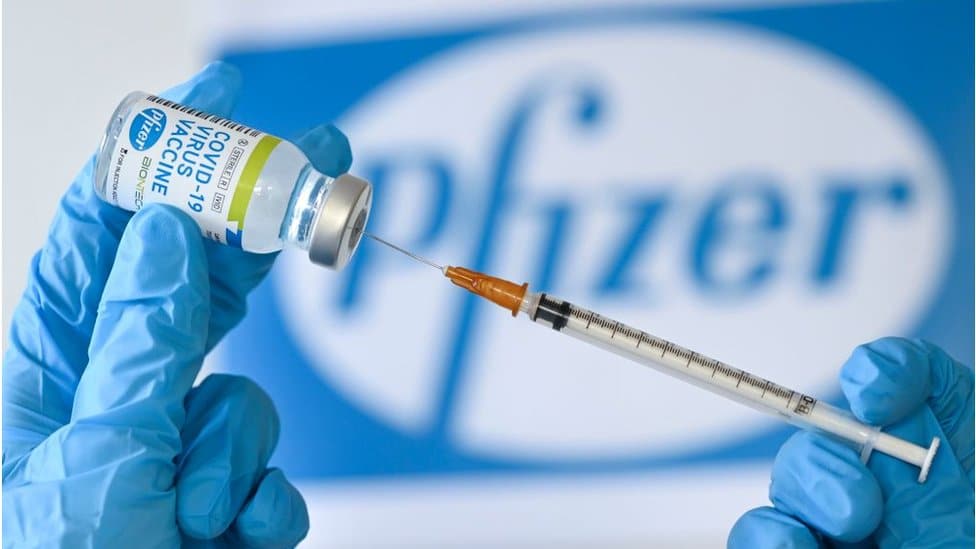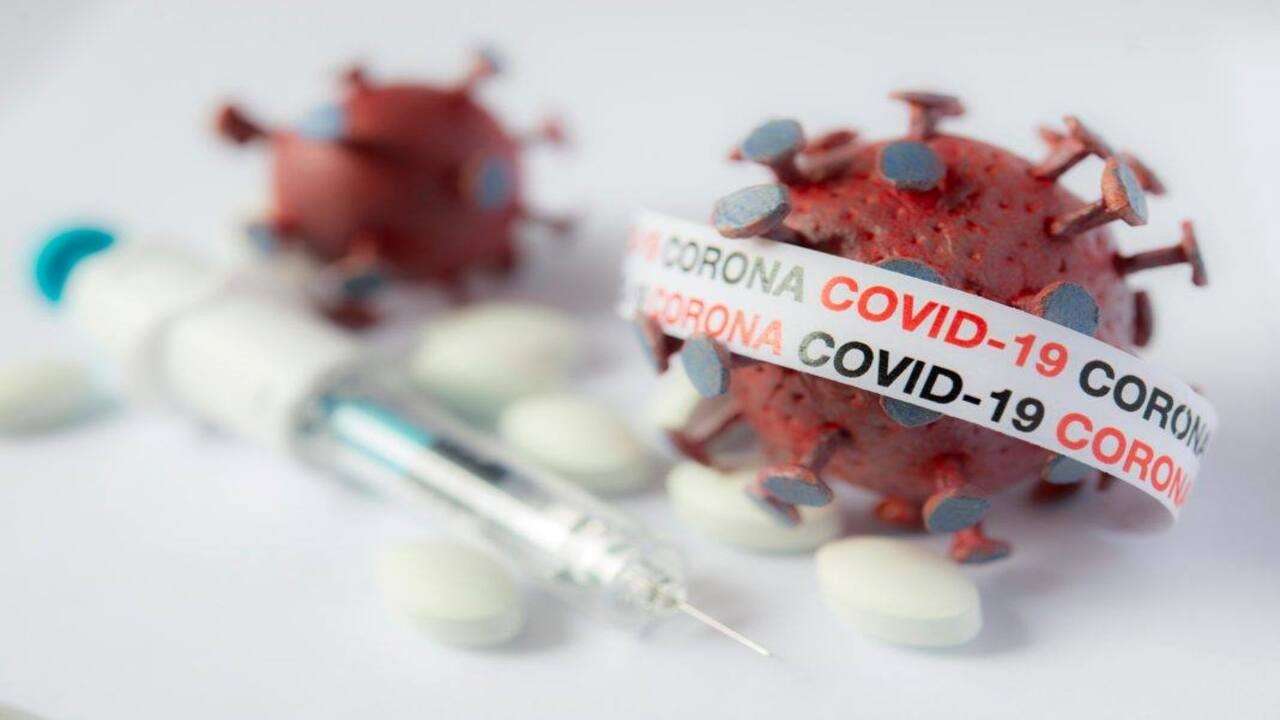
It has been almost a full year since Ontarians were faced with their new reality: living in a world affected by the COVID-19 pandemic. For a long time, people were unsure what would happen and most importantly when the pandemic would end. Recently, hope that our lives might return to a sense of normalcy has been fueled by the circulation of several COVID-19 vaccines. In Ontario, many workers and long-term care residents have received doses of COVID-19 vaccines and there is a growing need to educate nurses, pharmacists, and healthcare providers in the proper procedures regarding the vaccination of Ontario’s population.
What vaccines will be used and are they safe?

Health Canada approved the Pfizer-BioNTech and Moderna vaccines for use in the country. Both vaccines require an individual to receive two doses on separate occasions (21 to 28 days apart) to get maximum protection (94-95% effectiveness). The vaccines are manufactured in Belgium, and they must both be kept cold to ensure their integrity. Of the two, the Pfizer-BioNTech vaccine is more fragile, having to be kept at a temperature of -70 degrees Celsius (Moderna’s must be kept at about -20 degrees Celsius). Due to this, the plan is to use the Pfizer-BioNTech vaccine in urban areas and hospitals, while the Moderna vaccine will be used in harder to reach locations. Both vaccines underwent thorough clinical trials, have met safety standards, and will be monitored after having been administered. These vaccines do not cause an infection. They help to provide immunity by reducing the chances of you developing coronavirus or making symptoms mild should you fall ill. Just like any other vaccine, such as those used yearly to combat the flu, these two may have small side effects like causing an individual to feel chills, feverish or tired. There may also be slight pain at or around the place of injection. Serious reactions are very rare. These vaccines will both protect against the current strain of COVID-19 but should also work against the new strain that has a higher infection rate (the mortality rate seems to remain unchanged). Getting a vaccine is an excellent way to protect yourself and those around you.
How will Ontario’s vaccine rollout work?
In December, Ontario held a pilot of sorts that saw about 2500 health care workers get vaccinated at the University Health Network in Toronto and The Ottawa Hospital. After that doses were delivered to 17 additional hospitals. None of these clinics were open to the public. Moving forwards, Ontario’s vaccine rollout will be separated into three phases, prioritizing vulnerable populations and their supports before all others. This system ensures that there is full transparency about how vaccines are being distributed and which individuals can expect to receive vaccinations before others.
- Phase 1
The first phase, which we are currently in, started in December. This phase focuses on vaccinating long term care residents, long term care workers, healthcare workers, hospital employees, First Nations/Inuit/Métis populations and adults receiving chronic home health care. The province expects to receive an increasing quantity of vaccines from the federal government each month, from now until March. Vaccines are available at 20+ hospitals, on-site clinics, and mobile sites.
- Phase 2
The second phase, which the provincial government aims to run between March and July, will continue to prioritize high-risk populations, but it will also start to mass deliver vaccines to older adults, starting with those above the age of 80, and working down in 5-year increments from there. It will also target those living in congregate housing, frontline workers deemed essential (think first responders and teachers), and those in the food processing sector. Finally, people with chronic conditions, their caregivers, and any other population that the government deems at risk will also be included in this phase. This phase expects to receive a steady rate of about 5 million vaccines each month. Vaccines will be available at municipal vaccination sites, hospitals, mobile sites, pharmacies, clinics, primary care locations and community centres.
- Phase 3
The final phase, known as “steady state”, will aim to vaccinate all remaining Ontarians who are willing to get a vaccine. Any remaining people who belong to a higher-risk part of the population will be prioritized. This phase is projected to start in August. It is important to note that getting a COVID-19 vaccination is not mandatory, but it is highly recommended.
What is taking so long?
While the provincial government has a general timeline that it has applied to its three-phase system, these dates can only be reached depending on how many vaccines are made available to the province. Manufacturers must maintain a steady production rate to fulfill various orders. Vaccines must then reach their destinations, as in a country like Canada. Once the federal government receives the vaccines, it will then split them between its provinces, based on population data. It is only when a province receives its allocated vaccines that the provincial government steps in. Any bump in the process, such as the recent shipment delays that Canada is experiencing right now, will create a slowdown and possibly affect projections for each of Ontario’s phases. The provincial government is just as much reliant on the federal government, as the federal government is on the vaccine manufacturers.
How is the vaccination effort doing right now?

At the time of writing, Ontario has administered 224,134 doses and completed (2 doses for 1 individual) 25,609 vaccinations. Canada (population about 37.7 million) has administered 1.6 doses for every 100 people. Comparatively, Israel (population about 8.7 million) is currently at 31.1 doses for every 100 people. This discrepancy can be explained partly by the difference in population, but also by the financial extent some countries were willing to go to so that they could get their vaccines as soon as possible. As of right now, wealthy nations are far more capable of acquiring vaccines for their populations.
Who will be administering the vaccine?
While it might seem very difficult to vaccinate Ontario’s population of 14.7 million (almost half of Canada’s entire population), it will be a large effort that will include many trained individuals. Many professionals, such as doctors, nurses, pharmacists, and healthcare providers will be administering vaccinations to Ontarians. While the current rate of vaccination remains rather low, there is a large push to get more people trained in the safe and proper practices required to give a vaccination. To give a vaccination, those involved in administering shots will need to have an up-to-date CPR certification usually at the BLS (Basic Life Support) level. This is necessary so that those administering vaccines can quickly and intelligently provide aid in the rare occasion that an individual has an adverse reaction to their vaccination.
Where can I receive CPR training at the BLS (Basic Life Support) level in Ontario?
Getting a certification at the BLS level with the Canadian Red Cross is easily doable with a course such as this one. Currently, courses in a blended format are being offered on top of those in a traditional format. Blended courses minimize the amount of time that a student will physically spend in class, allowing them to complete a portion of their training online. This sort of course will supply an individual with the knowledge and training that they may need in the presence of a medical emergency, so that if such an occasion presents itself, they can carry themselves in a calm and composed manner, because they are confident in the skills that they have acquired. Upon successfully completing the course, a student will be given a certification for CPR-BLS + AED. This certification is good for one year, at which point a student will have to recertify.
I want to know more about COVID-19 vaccinations in Ontario. Where can I find more information?
If you wish to know more about how the provincial government is approaching COVID-19 vaccinations, then feel free to visit the official site at the link below:






